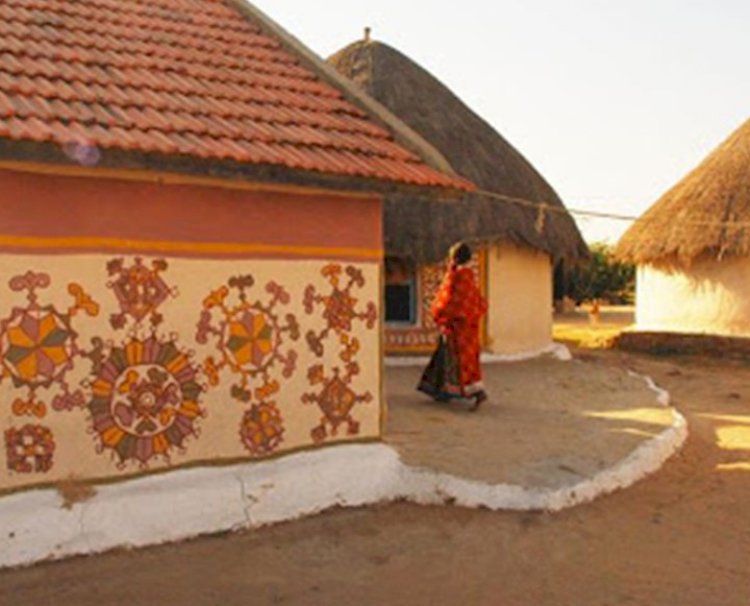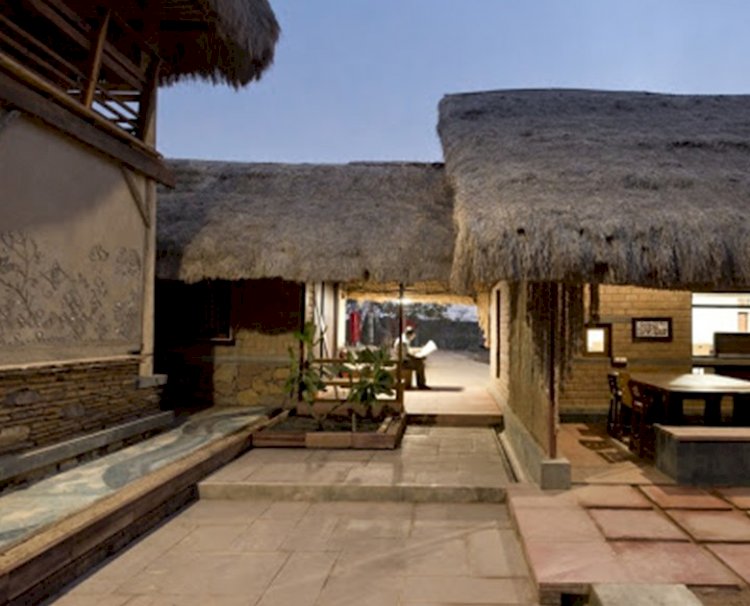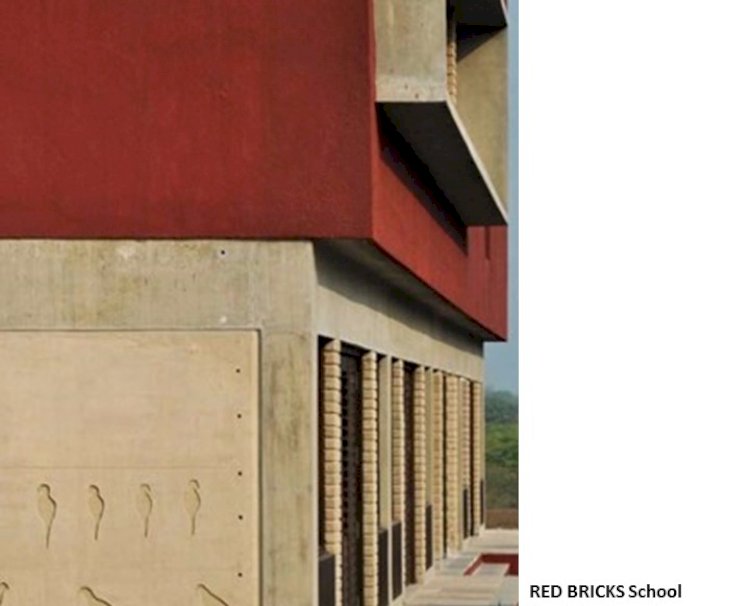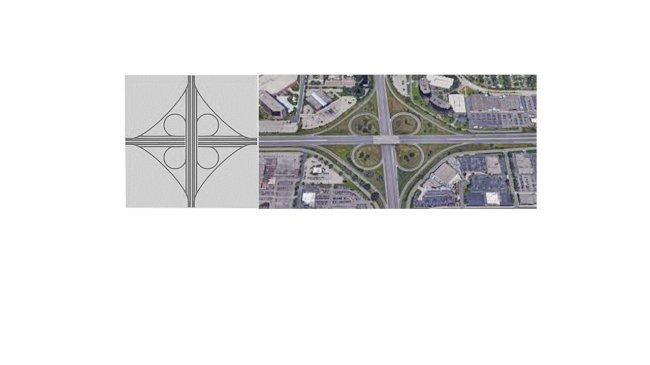Mud construction
We somehow have lost connect with the most fundamental element of our life , the ‘mud’ , our soil ! a quick look at the possibilities to recreate our connection .

Mud construction
Rapidly changing technology has caught us unawares, and we find ourselves grappling, understanding the new situations coming in. This is applicable in all aspects of life. Be it the gadgets we use , the vehicles we have or the built environment around us. This transition from the new to old is consistent in all timelines, the form may vary. All of these rapid changes which we experience are aimed to meet new types of demands and are primarily aimed to save time and money. Therefore, the impact of these changes on society and the environment overall gets noticed very late. By that time the supply chain ecosystem of that development is evolved and it becomes difficult to stop its impacts on the society & the environment. This yields us a environmental protection policy which lets you do only “ As much as you can ” and defeats the purpose itself. Hence there is a need to look ahead of this and contribute to a comprehensive approach which will help to compliment the environment .
In the transition journey of a human habitat from a cave to a thatch hut , to a mud house , then to a mud modified – Brick house , then to a cement house and now in a concrete & steel house , we somehow have lost connect with the most fundamental element of our life , the ‘mud’ , our soil !

Extensive research has been done in India and other countries on the use of mud in construction. Buildings have been constructed on an experimental basis using simple soil, compacted soil, sand mixed soil and other types. Similarly, in our villages, mud/ clay is still used for construction in the traditional way, for example, the houses of the locals in Bhuj province, 'Bhunga' is a good example of clay construction. The ‘Kutchi Kothi’ project at Suraj Kund in Haryana is constructed of clay bricks and uses bamboo and clay coating as the roof. The ‘Hunarshala’ project in Bhuj is unique in this regard. The name which itself means “Skill Training school “ , imparts various useful skills to the local artisans .The premises of this institution are decorated with plain soil, compacted soil, soil treated on bamboo trays, woven roofs, beautiful paintings, other handicrafts. The best example of use of clay in a institution is the building of ‘Development Alternative’ in Delhi. It was successfully built in stabilized compressed mud block i.e. bricks made from ‘compressed’ clay.

There are various ways to use mud in construction ,usually mud is compacted by mixing 5% cement in the soil. Cement is used as a gum which gives this mixture more strength and stability. When dried under scorching Sun , these bricks are the best example of a pollution-free, eco-friendly construction option ! Coal, fuel, burning, smoke, pollution are not even remotely related. Another alternative to earthen construction is ‘Compacted earth walls’. This is done by compacting earth layer by layer in a formwork made for the wall till you achieve a desired height and compaction. In continuation of this structure , mud bricks can be laid in a arch form to create the roof .
But can this be used for the modern day building which has different planning & structural requirements ? The answer is yes ! Even though there are height and scale limitations to the use of mud construction , it can be very well used for small construction project. New research suggest use of composite structure to tackle the limitations. Basically, what is needed extra is time, a good technical backup and trained workman.

This was evident when I visited the Red Bricks School in Ahmedabad. A ground + 1 structure ,designed by a very well-known architect , Aniket Bhagwat . RCC elements along with the use of compacted mud walls , mud bricks, mud brick pillars , mud plaster , mud brick arched roof, mud floor coating clay has made this structure a great example of alternative construction using combination of compacted mud & RCC.

The walls and ceiling are earthen, so the inside temperature is maintained even in summers , and there is no need of air conditioning at all. Off course at the core of this was the design acumen of the architect. But along with this the point of success was the implementation team , which was equally dedicated , skilled & trained . To compliment his the project was run on non-polluting freight vehicles, heavy equipment were remodelled to run on alternate energy . Thus came up a building which was truly eco-friendly with a optimized cost .
The direction of eco friendly development & alternative construction is signalling us. Just need to be sensitive.
Parag Kendrekar
What's Your Reaction?




















